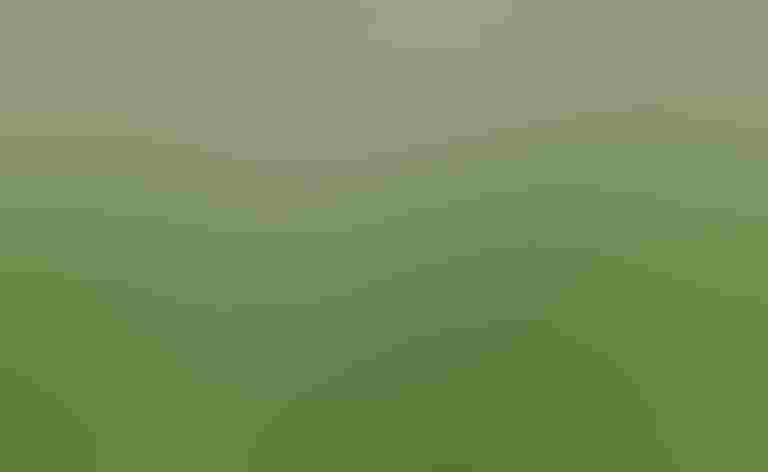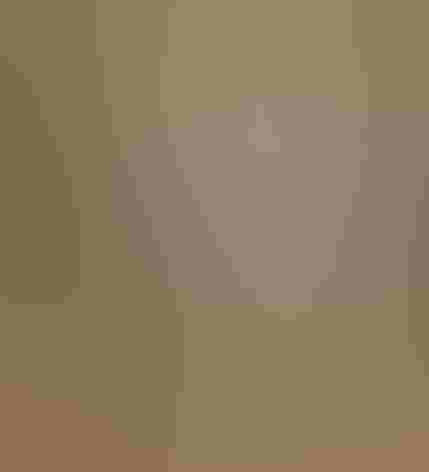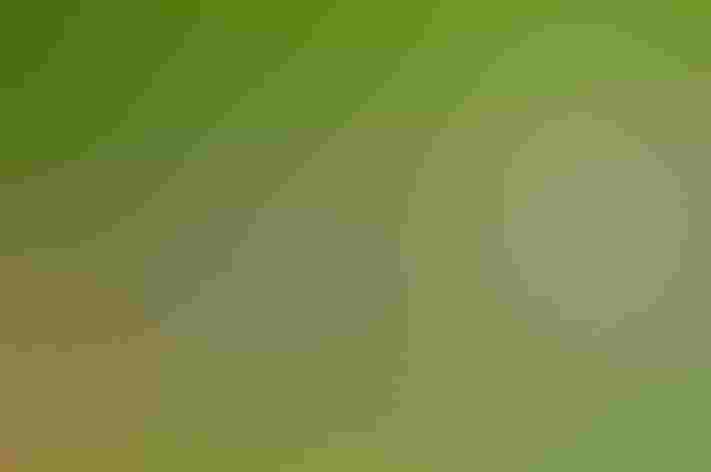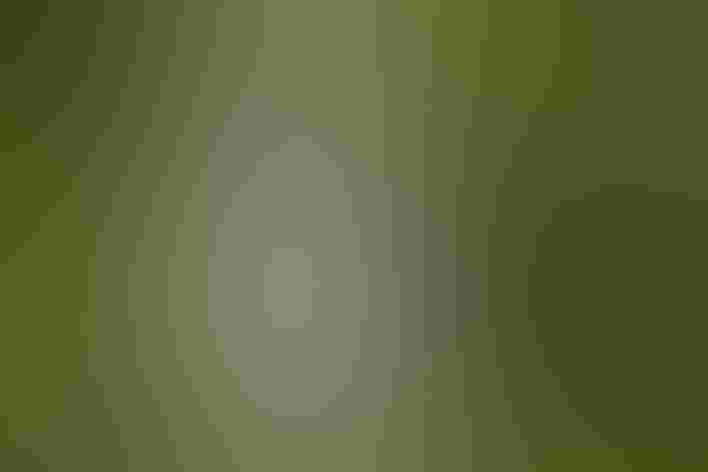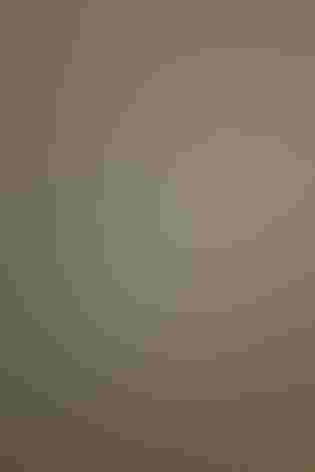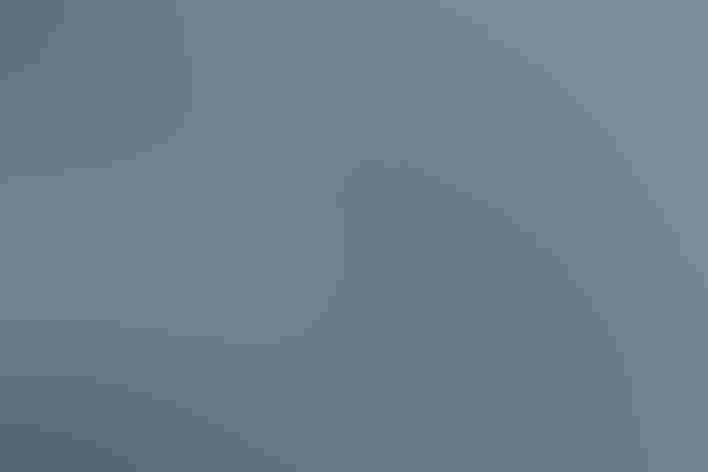Laysan Albatross
At a Glance
In total population, this species is much more numerous than Black-footed Albatross. However, it is seen less often off the west coast of North America (and generally farther offshore), although sightings have increased in recent decades. Beginning in the 1980s, it has been found nesting on islands off the west coast of Mexico, a range extension of thousands of miles. Oddly, several Laysan Albatrosses have been found far inland in the southwestern United States.
All bird guide text and rangemaps adapted from Lives of North American Birds by Kenn Kaufman© 1996, used by permission of Houghton Mifflin Harcourt Publishing Company. All rights reserved.
Category
Albatrosses
Conservation
Near Threatened
Habitat
Open Ocean
Region
Alaska and The North, California, Northwest, Western Canada
Behavior
Soaring
Population
1.200.000
Range & Identification
Migration & Range Maps
Birds leave Hawaiian breeding grounds in July and evidently most go northwest toward Japan, then northeast toward Aleutians, before turning south toward Hawaii again. Non-breeders may wander anywhere in North Pacific at any season. Most numerous off Alaska in summer, off California in winter. Strays found in interior of American Southwest are thought to be birds that moved north in Gulf of California and then attempted to continue north overland.
Description
32" (81 cm). W. 80" (2 m). Huge, long-winged seabird. Back and upper wings dark, body mostly white. Has dark marks on center of white underwing and U-shaped white pattern across rump.
Size
About the size of a Heron
Color
Black, Brown, Gray, White, Yellow
Wing Shape
Long, Narrow, Pointed, Tapered
Tail Shape
Rounded, Short, Square-tipped, Wedge-shaped
Songs and Calls
Silent at sea, except for grunting calls when squabbling over food.
Call Pattern
Flat, Simple
Call Type
Chatter, Croak/Quack, Drum, Odd, Raucous, Scream
Habitat
Open ocean. Generally forages far from land, beyond continental shelf, and mainly over cold waters. Nests on open sandy or grassy areas on low, flat islands.
Sign up for Audubon's newsletter to learn more about birds like the Laysan Albatross
Behavior
Eggs
One. Creamy white, spotted with brown. Incubation (by both sexes) averages 64-65 days.
Young
For 12-24 days after egg hatches, one parent stays with young while other forages for food. Nestling fed by regurgitation, by both parents. Period from hatching to departure from island averages about 165 days.
Feeding Behavior
Forages by seizing prey near water's surface while swimming. Does much feeding at night (when squid are closer to surface), and eyes are adapted for night vision.
Diet
Mostly squid. Small squid are apparently staple fare, as they are for some larger albatrosses of southern hemisphere. Also eats fish and fish eggs, crustaceans, some carrion and refuse.
Nesting
First breeds at age of 7-9 years. Breeding season in Hawaii extends from November to July. Elaborate courtship "dance," performed only by first-time breeders and pre-breeders, includes many movements including bowing head, mutual preening, swinging head from side to side, pointing bill straight up while calling. Nest: Site is on open ground, preferably close to taller vegetation. Nest (begun by female, finished by both sexes) is shallow depression in ground, surrounded by built-up rim.
Climate Vulnerability
Conservation Status
Many colonies were decimated by feather hunters around beginning of 20th century, but population later recovered and expanded in range. Recent estimates suggest close to 600,000 breeding pairs. In the past, large numbers were killed by driftnets and longline fisheries; these threats have been reduced, but many now die after swallowing large amounts of floating plastic trash, apparently mistaking it for food. Sea level rise is likely to inundate some nesting colonies on islands.



